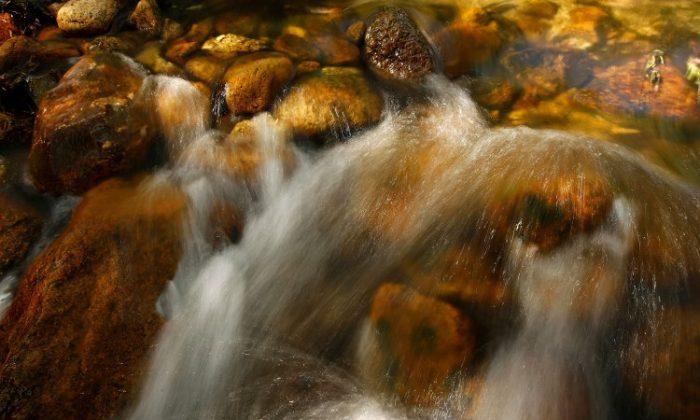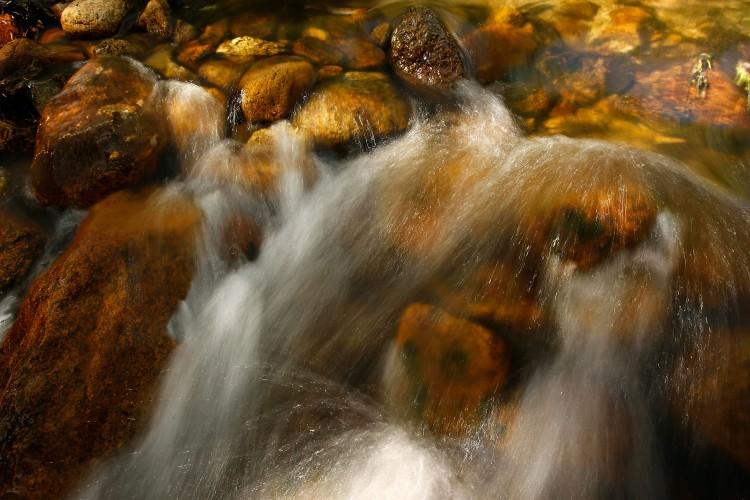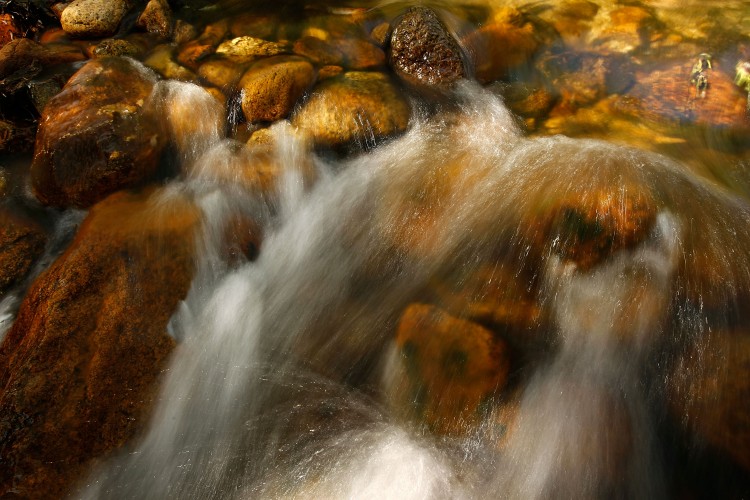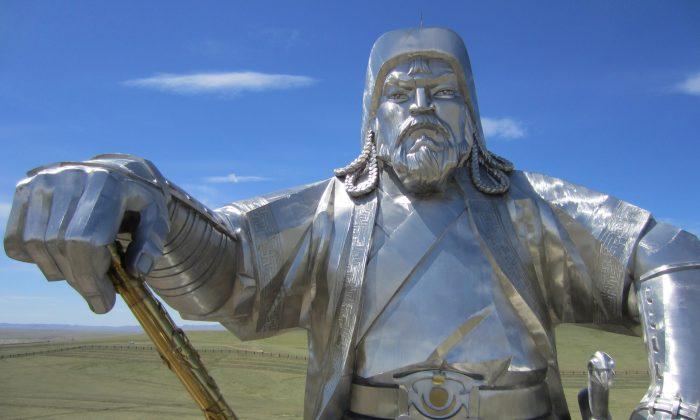Water, a resource essential for life on Earth, seems to be growing scarce, which has gained the attention of public and private entities alike. Water shortages have been predicted for around 36 states in 2013, so some organizations are endorsing water conservation programs.
The recent drought in the United States, coupled with the global population boom and development in the past century, has placed a high demand on water. As more rivers and lakes in the country run lower and even dry up, government agencies like the Environmental Protection Agency (EPA) and the Bureau of Reclamation, as well as other concerned organizations such as The Water Project and even the famous chocolate company Nestlé, have stepped up to the plate in an attempt to educate America about water conservation.
Approximately 70 percent of the Earth is covered by water, which can give a false impression that there is more than enough to go around. However, according to the EPA, only 1 percent of Earth’s water can be utilized for consumption. Of that 1 percent, homes, industries, farms, and others all share the demand.
On a global scale, demand for water has tripled over the past 50 years. In the United States, residential homes use one-half of the country’s water supply, with the average family of four using approximately 400 gallons of water per day, depending on location, according to the EPA.
Homes in southwestern states and other arid regions of the country use the largest amount of water, mostly consumed in landscape irrigation. Moreover, the EPA estimates water shortages in approximately 36 states in 2013. The estimated water shortages do not include drought conditions.
The Colorado River, for example, has gained much attention as water demand has caused the river to run dangerously low and even dry up in some locations, according to The Water Project. The Bureau of Reclamation published a study in December titled, “Colorado River Basin Water Supply and Demand Study,” which aims to address the water demand imbalances throughout the river while proposing strategies to amend the problem.
“There’s no silver bullet to solve the imbalance between the demand for water and the supply in the Colorado River Basin over the next 50 years,” said Secretary of the Interior Ken Salazar in announcing the release of the study. “Rather, it’s going to take diligent planning and collaboration from all stakeholders to identify and move forward with practical solutions.”
Additionally, The Water Project estimated that Lake Mead in Arizona could dry up by 2021. The lake currently supplies water to 22 million people.
One way to offset the scarcity of water is to simply be more conservative with use. Some industry leaders have already stepped up to the plate. Nestlé, together with the Nestlé Waters business, reduced the amount of water in their liter bottles of water to .76 liters, which is a reduction of 26 percent since 1999.
Nestlé Waters North America, together with their water subsidiary Zephyrhills and the nonprofit Crystal Springs Foundation, has recently launch a water conservation education program called the WaterVentures Learning Lab in Florida. The lab will tour elementary schools throughout the United States and Florida, raising awareness of sustainable water usage and recycling.
“We aim to educate people about Florida’s wetland habitats and creatures,” said Karen Pate, vice president of Crystal Springs Foundation, according to MarketWatch, “and this mobile learning lab will serve as a tool to engage more young people in an entertaining and dynamic way.”






